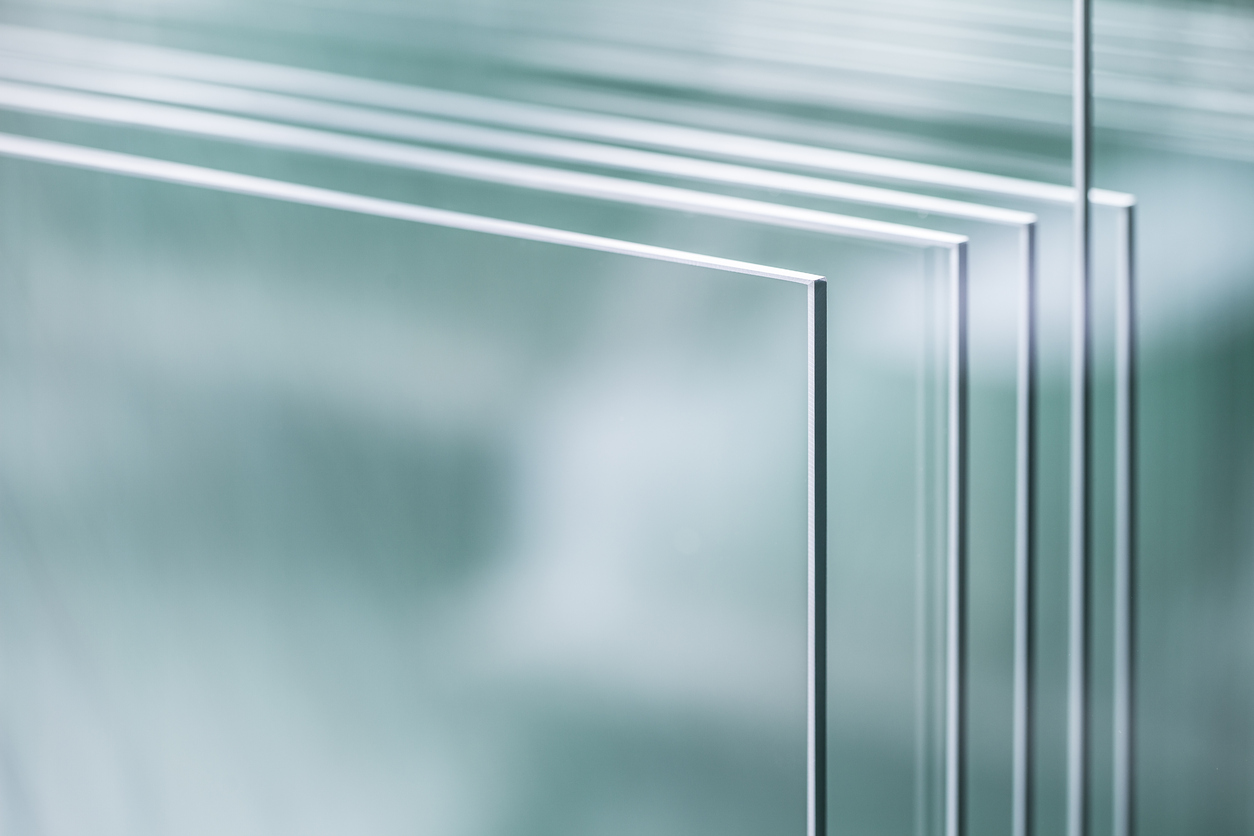

The Versatility and Strength of Glazed Tempered Glass
Glazed tempered glass, an essential material in modern architecture and design, has revolutionized the way we think about transparency and safety in building structures. Its unique properties make it a preferred choice for both residential and commercial applications, providing not only aesthetic appeal but also structural integrity and safety.
What is Glazed Tempered Glass?
Glazed tempered glass, often referred to simply as tempered glass, is a type of glass that has undergone a special treatment process called tempering. This process involves heating the glass to high temperatures and then rapidly cooling it, which increases its strength compared to regular glass. As a result, tempered glass is more resilient to impact and thermal stress, making it a safer option for various applications.
Tempered glass is typically four to five times stronger than standard glass of the same thickness. When broken, it shatters into small, blunt pieces rather than sharp shards, greatly reducing the risk of injury. This safety feature makes it an ideal choice for environments where breakage could pose a serious risk, such as in homes, offices, and public spaces.
Applications in Architecture
One of the most significant applications of glazed tempered glass is in architectural design. Its transparency allows for the creation of bright, open spaces that connect the indoors with the outdoors. Large glass panes are often used in facades, windows, and skylights, allowing natural light to flood into spaces while offering stunning views of the surroundings.

In commercial buildings, glazed tempered glass is a common choice for storefronts and curtain walls. It provides an unobstructed view, attracting customers while maintaining an inviting atmosphere. Architectural trends increasingly favor sleek, modern designs that often incorporate extensive glazing, and tempered glass is the perfect material to achieve this aesthetic while providing durability.
Energy Efficiency and Sustainability
In addition to its strength and safety, glazed tempered glass can also promote energy efficiency. With advancements in coating technologies, tempered glass can now feature low-emissivity (Low-E) coatings that reflect heat while allowing natural light to penetrate. This innovation not only enhances comfort within a building but also helps reduce energy costs by minimizing the need for artificial heating and lighting.
Sustainability is a growing concern in architectural practices, and glazed tempered glass contributes to this effort. It is fully recyclable and can be used in various stages of construction, minimizing waste. By integrating tempered glass into buildings, architects can create energy-efficient structures that are both visually appealing and environmentally responsible.
Conclusion
Glazed tempered glass is more than just a functional building material; it has become a pillar of modern architectural design. Its combination of strength, safety, and versatility allows architects to push the boundaries of creativity while ensuring the well-being of occupants. As we continue to explore innovative construction techniques and sustainable building practices, glazed tempered glass will undoubtedly remain at the forefront of the industry, shaping the future of our built environment. Whether in residential settings or towering skyscrapers, its presence enhances not only the beauty but also the resilience of our spaces.